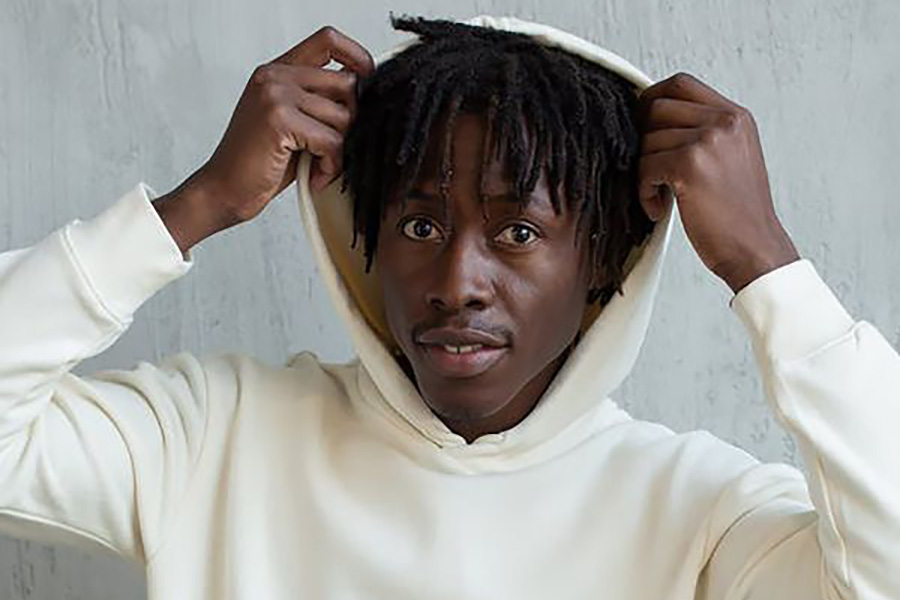« Back to Glossary Index
Synonyms:
𐤓𐤀𐤔, raaš, head
The word raash (𐤓𐤀𐤔) means “head” meaning the upper part of the body, joined by the neck, containing the brain, eyes, ears, nose, and mouth.
Extended Study for 𐤓𐤀𐤔 (raash)
To read the study guide entry that elaborates on 𐤓𐤀𐤔 (raash) then join our Extended Study Membership at https://www.paleohebrewdictionary.org/extended or use phdict.org/extended to share a short link with others.





